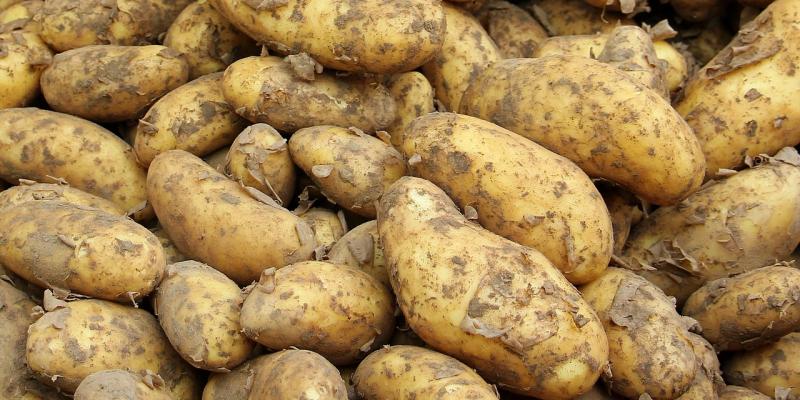By Talk Africa Correspondent
Speaking at a potato stakeholders workshop held in Nairobi to deliberate on the key issues facing the crop and also develop an action plan on the way forward, CEO of the Fresh Produce Exporters Association of Kenya, Hosea Machuki said the country has a potential to produce between 8 and 10 million metric tonnes annually under ideal conditions.
“Kenya has the capacity to become the largest market leader in the region in potato production, whilst ensuring enough production for its own population. This goal can be attained through increased innovation, mechanization and large scale production,” Mr. Machuki said, adding that currently the country lags behind Tanzania, Rwanda, South Africa and Egypt.
The average annual potato production stands between at 2-3million metric tonnes. In 2017, for instance, Kenya produced 1.15m metric tonnes of sweet potatoes with 1.036m metric tonnes consumed as food while the rest went to waste. In 2018, Kenya exported 4385 kg of sweet potato to Norway (4075) and UK (310).
The current production average yield stands at about 8 tonnes/Ha which is lower than benchmarks of 20-40 tonnes/Ha.
“Tanzania, for instance, is doing much better than Kenya with anaverage yield of 20 tonnes per hectare. Other countries like Ireland have average yields of over 40 tonnes per hectare due to better varieties and management,” Mr Machuki said.
Food security
Irish and Sweet potatoes are important food crops in Kenya poised to significantly contribute to the food security component of government’s big 4 agenda.
Already, the government developed the National Potato strategy 2016 – 2020 and Potato Produce and Market Bill 2014, which are the two key documents that provide policy direction in the sector.

“The demand for sweet potatoes is increasing countrywide with entrepreneurs venturing in sweet potato processing. Increased production therefore, presents opportunity for farmers to improve their food security situation and income from the sales of surplus. However, the government needs to urgently look into the budgetary allocation for the sector which currently stands at about 3%, which is much lower
In addition to budgetary constraints, Ojepat said sector continues to face other challenges including low production of seed which stands at currently only 5% against the sector’s target of 10%; high costs of inputs like fertilizers and lack of proper marking and guidelines on standards.
“We would like Kenya Plant health inspectorate Service (KEPHIS) to be more acceptable to the sector and to do more in terms of market expansion and quality control,” Ojepat said.
More funding for research
Kenya Agricultural & Livestock Research Organisation (KALR) Director for Crop Systems Dr. Lusike Wasilwa also said the Potato sector would do better with increase research, but noted that KALR was limited by the amount of funding it receives from the government to support research.
“Potato is the second in line in terms of staple food in the country and therefore the sector needs additional funding in research to come up with variety that are high yielding and disease resistant. We urge to the government to increase allocation for research for the agricultural sector to at least 2%,” Dr. Wasilwa said.
Sweet potato is widely grown on a small scale mainly in subsistence farming. It is a low-input crop making it ideal for many smallholder households.














